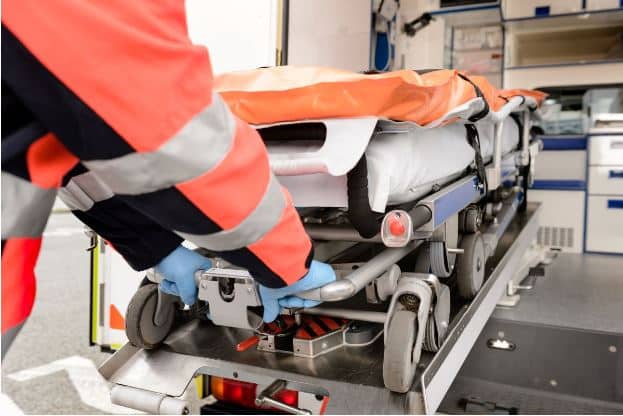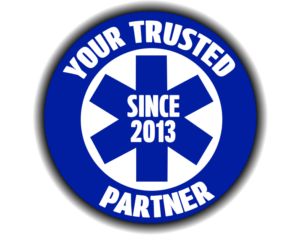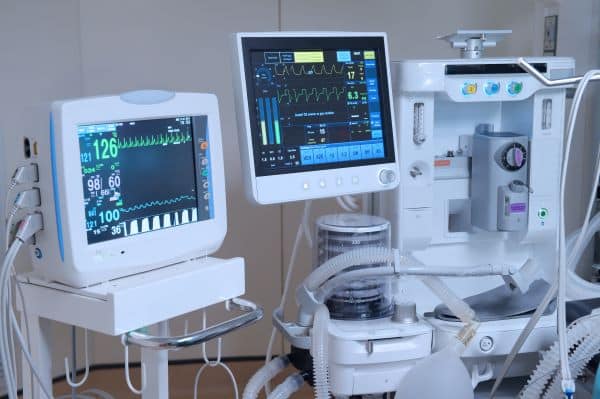
EMT Proper Use of Gurney for Safety Practices
One of the most common tools an EMT uses is the gurney, which facilitates transporting patients when they are unable to move themselves. Because this piece of medical equipment is so frequently used, EMTs must take care that they are following correct usage and safety guidelines.
1. Regular Inspections
Most medical facilities maintain safety protocols that include regularly inspecting medical equipment. When obtaining a used gurney, be sure to inspect it thoroughly for damage, defects or excessive wear. Perform regular inspections on each gurney, identifying issues before the gurney is in use. In particular, watch for cracked legs, loose bolts, and misshapen wheels.
2. Find Level Ground
A gurney is a crucial piece of EMS equipment, carrying patients to and from the ambulance as well as around the hospital. Whenever possible, EMTs should choose to walk level ground. Walking a few extra steps to find level ground can improve patient comfort as well as protecting both patient and staff. Uneven ground is one of the leading causes for slips and falls, so it is important that, when level ground isn’t an option, you take care to maintain your footing.
3. Don’t Take It Too Lightly
Be sure to press firmly when moving the gurney, especially when cornering. Adequate pressure can help EMTs maintain proper control of their charges, exercising safety when turning or moving down a slope. Even if the patient is lightweight, taking turns too lightly may result in collisions with other objects or even tipping.
4. Inspect the Wheels and Brakes
Ensure wheels are in good condition and the brakes are locking and releasing completely. Brakes that lock completely will prevent unplanned movement and could prevent a slip or injury. Ensuring that brakes are fully unlocked will support the functionality of your gurney long-term, and properly rotating wheels will save you effort and reduce the risk of sliding.
5. Appropriate Gurney Use
A quick assessment of the patient’s weight can help you to make the correct decision about what gurney to use. Using a gurney that is appropriate to a patient’s weight can facilitate comfort and safety for the patient. Ensure that the gurney is properly situated in the ambulance and is locked in place during transport.
6. Use The Handles
While it may be tempting to push the gurney using the palms of your hands, or to hold the bottom of the gurney, it is important that EMTs hold onto the handles. The handles are designed to maximize maneuverability while preventing injuries. Whether you’re moving the stretcher into an ambulance, transferring onto a bed, or transferring off of a bed, handles are effective tools for maintaining the safety of both patient and personnel.
Coast Biomedical is committed to the safety of patients and EMTs, and we provide helpful tips as well as high-quality medical equipment. Whether you are looking for simple tips, the “latest and greatest” items, or refurbished medical equipment, Coast Biomedical provides the tools you need to keep patients–and staff–safe and comfortable.





